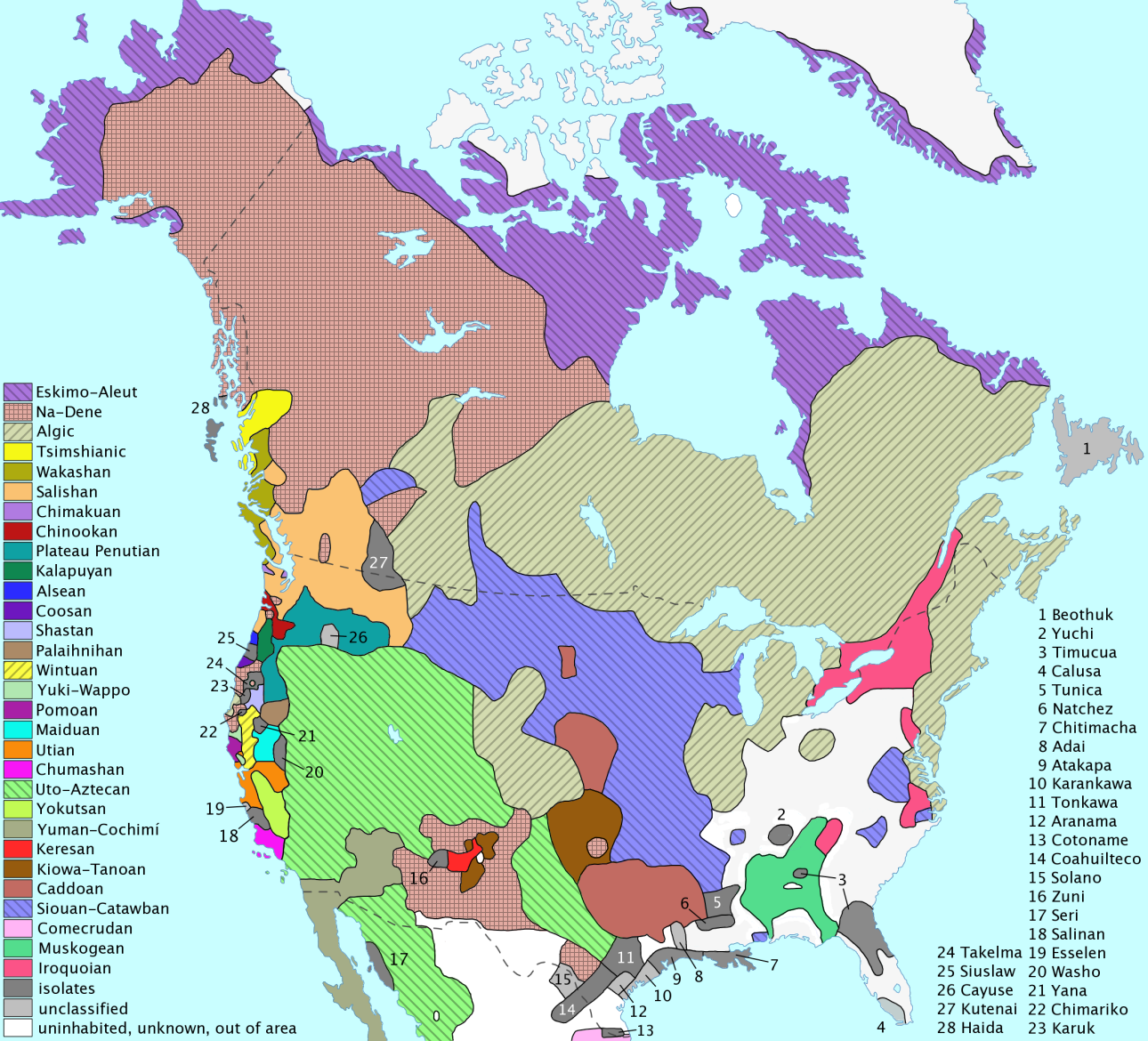no, you should. i'm on another fucking level.
I got nothing to say to that.
Tell me Lewd, do you ever wonder, why your stomach is in pain, or why you are struck with fits of diarrhea? Ever walk a dog one day then notice there is something horribly wrong with their stomach the next?
Surprise surprise. You've been poisoned. Not all poisonings are "noticable".
You know what I say to that? Get me some mountain fresh coffee. No, not that mountain, the one where agent orange is sprayed regularly.
Holy shit...
http://www.care2.com/causes/agent-orange-still-used-in-the-u-s.html
Agent Orange, or 2,4-D (2,4-dichlorophenoxy acetic acid), used as a defoliant during the Vietnam War, is nasty. It is linked to cancer, cell damage, severe hormonal disruption, reproductive problems and birth defects. Invented during World War Two, 2,4-D is one of the oldest legally available pesticides on the market. Unfortunately, 46 million pounds of it are still used every year in the U.S. It is in weed-and-feed products, plus used for agricultural purposes. 2,4-D is detected in drinking water and as a contaminant in surface water and groundwater. It is classified by the Environmental Protection Agency (EPA) as a hazardous air pollutant and by the state of California as a toxic air contaminant.
Found it...
New Evidence Puts Man In North America 50,000 Years Ago
http://www.sciencedaily.com/releases/2004/11/041118104010.htm
Radiocarbon tests of carbonized plant remains where artifacts were unearthed last May along the Savannah River in Allendale County by University of South Carolina archaeologist Dr. Albert Goodyear indicate that the sediments containing these artifacts are at least 50,000 years old, meaning that humans inhabited North American long before the last ice age.
Honestly though, I think that is a different one that I saw before. There is nothing familiar about that particular article with me.
But if we must, we can clearly see where the battle lines were drawn.
http://en.wikipedia.org/wiki/Indigenous_languages_of_the_Americas

See the ancient scandinavians carve a line right down the St Lawrence?
I'm not saying there was an eradication (like the great american white spot). I'm suggesting there was a long term cultural diffusion.
http://www.faculty.ucr.edu/~legneref/bronze/bronze.htm
According to Fell, Woden-lithi's main purpose for visiting America was apparently to barter textiles with the Algonquian Indians in return for metallic copper ingots (Fell 1982). He left a detailed record of his visit at Peterborough where he established a permanent-trading colony. To critics who argued that there was no writing among the Scandinavians until about the time of Christ, Fell (1982) pointed to two alphabets as shown in Fig. 1. One alphabet, "ogam consaine" was employed by the ancient peoples of Ireland and Scotland (often referred to as Celts—see Celts). They were recorded and explained in detail by Irish monks during the Middle Ages. A detailed description of this writing was given in Barry Fell's books America BC and Saga America. The other alphabet, called "Tifinag", is the special way of writing of the Tuaregs, a race of Berbers living in the Atlas Mountains of North Africa. Both ogam consain and Tifinag use only consonants in nearly all words, leaving the vowels to be inferred, as do writers of Hebrew, Arabic and other ancient scripts. Sometimes, where doubt may exist as to the word intended, a vowel sign is added, or a pictograph, to help recognize the word (Fell 1982). [ Ogam Script details]
The "Algic" map is clearly evidence of the "first wave" and I mean a seriously ancient european wave, which matches up extremely well with the DNA map earlier.
See the grey area in the Georgian mountains? How much you wanna bet they are migrants that had gold rush fever?
But yeah, that White Spot, not the Spanish one, but the French/British/Whoever one, if you ask me, I'll bet you the slaves were not only responsible for clearing the land, but I'll bet you they went to war too... I don't know that, but it seems fairly possible to me.
We are talking about re-writing history.
Okay, okay, back to North American Natives, and thier herbals. Yeah, there is an interesting one that I scooped up a while back called Osha root.
Apparently the Apaches??? claim it has incredible medicinal benefit. Well, that tree will not grow outside of it's habitat because it will die due to foreign bacterial invaders or something along those lines, and it just so happens that a rare fungus is the sole reason the tree stays alive.
http://en.wikipedia.org/wiki/Ligusticum_porteri
Osha is dependent on mycorrhizal fungi, and attempts to artificially cultivate the plant outside of its habitat have not been successful. Cultivation in areas where osha naturally grows have been more successful.[1]
Maybe it is the Navajo. I think they are pretty similar regionally though, so...
In many Native American cultures, osha is called "bear root" or "bear medicine." According to the ethnobotanist Shawn Sigstedt, who lived and studied with the Navajo. In Navajo folklore, a story is told of the brown bear's affinity for the osha roots. The bear would eat the roots and rub some of them over its fur. The Navajo credit the bear with leading them to powerful medicine.[4]
Anyways, I've only vaporized it in a makeshift vaporizer, and I honestly felt tingling in my lungs. I can't remember if I read that it was beneficial to the lungs beforehand and imagined the sensation, but I don't remember reading about what it was beneficial for as I originally picked up from a wicca store only because it was the last one, and figured hey why not. I'm pretty sure I researched it after, but I can't remember for sure.
Osha has been said to mean "bear" in a Native American language[6] The original language is unknown.[7]